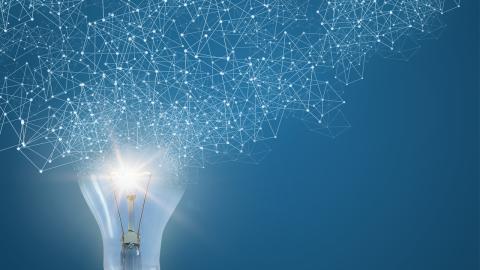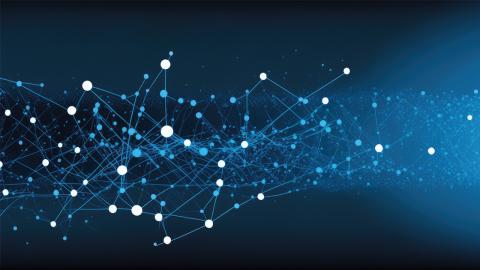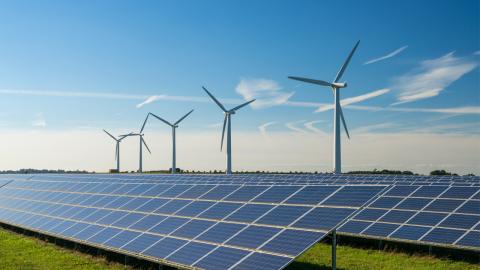Cloud providers have experienced unprecedented growth over the past few years. CIOs the world over, often prompted by CFOs and CEOs, have been favoring the cloud over on-premises IT for new and major projects — with the result that the…
filters
Explore All Topics
Recent geopolitical concerns, predictions of a looming recession, and continued supply chain difficulties are unlikely to dampen growth in digital bandwidth on private networks according to Equinix’s 2022 Global Interconnection Index (GXI). Global…
In any market, fewer sellers or providers typically results in less choice for buyers. Where the number of sellers is very low this could, theoretically, lead to exploitation, through higher prices or lower-quality goods and services — with buyers…
Organizations are becoming more confident in using the cloud for mission-critical workloads — partly due to a perception of improved visibility into operational resiliency. But many users aren’t taking basic steps to ensure their mission-critical…
The data center industry and other large power-consuming industries continue to feel pressure from skyrocketing electricity prices. In Germany and France, wholesale energy prices this August increased six-fold compared to prices from 2021. The US…
New findings from research by Uptime Institute Intelligence reveals that organizations can cut both their cloud carbon emissions and costs by moving workloads to different regions. However, the trade off with this migration is an increase in latency…
Amazon Web Services (AWS) has made a minor change to its private-cloud appliance, AWS Outposts, that could significantly impact resiliency. The cloud provider has enabled local access to cloud administration, removing the appliance’s reliance on the…
When energy costs began to rise steeply in 2021, and precipitously in 2022, it was clear that some digital infrastructure providers would be able to absorb these costs, while others would be forced to pass these costs onto their customers — despite…
A serverless platform is an abstracted cloud computing service that executes a user’s code without the user needing to provision the underlying server or operating environment. The physical server, resources and operating environment used…
IT hardware vendors, such as Dell and Hewlett Packard Enterprise (HPE), are pivoting their revenue models away from product sales toward service-based subscriptions. The objective is to make hardware appear more flexible and cloud-like, so buyers…
Quantum computing promises a revolution in scientific discovery. Quantum computing's main advantage over digital computing is in quickly solving highly complex problems that require significant time or resources to process. Currently, solutions to…
Although big-name hyperscalers such as Amazon, Google and Microsoft dominate the cloud arena, other companies also believe they have a role to play. Vultr, OVHcloud, Linode, DigitalOcean, Bluehost and Scaleway, for example, don’t offer huge…
Chip designer Advanced Micro Devices (AMD) has successfully mounted a challenge to Intel’s dominance in data center processors by focusing on energy-efficient server chips. AMD plans to further expand its presence in data centers by bringing more…
Cloud providers tend to adopt the latest server technologies early, often many months ahead of enterprise buyers, to stay competitive. Providers regularly launch new generations of virtual machines with identical quantities of resources (such as…
Direct liquid cooling (DLC) is a collection of techniques that removes heat by circulating a coolant to IT electronics. Even though the process is far more efficient than using air, the move to liquid cooling has been largely confined to select…
 Dr. Owen Rogers
Dr. Owen Rogers

 Lenny Simon
Lenny Simon
 Max Smolaks
Max Smolaks
 Daniel Bizo
Daniel Bizo

